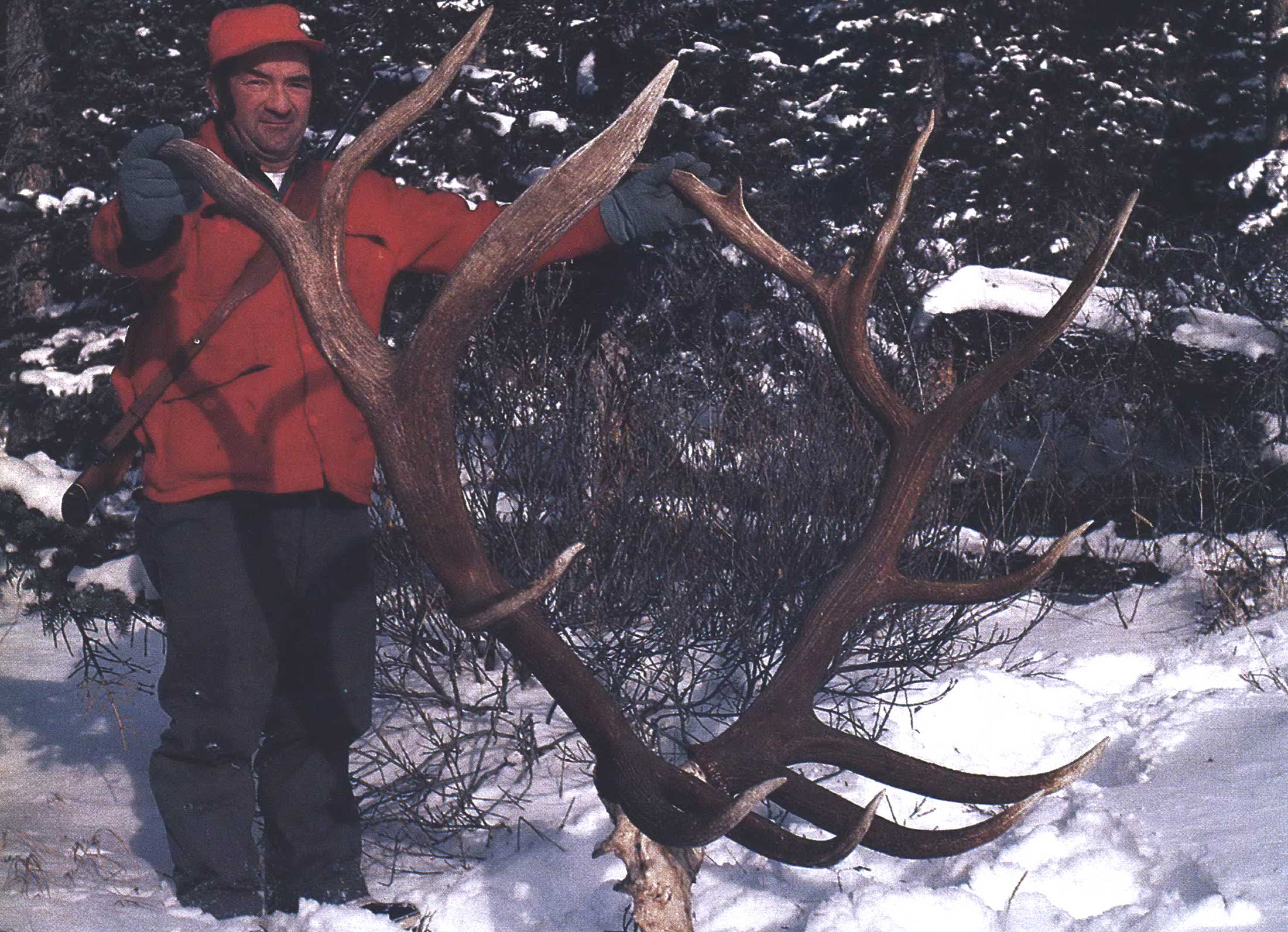This Michigan Lake Trout Is One the Oldest Ever Caught in the Great Lakes

The U.S. Fish and Wildlife Service recently announced a new kind of lake trout record that was set on Lake Michigan. They say the laker, which was caught in Wisconsin waters back in 2023, was around 39 years old, making it the oldest fish in the history of the agency’s mass marking program.
The angler, who caught the trout that May, had been fishing from a boat near Sheboygan Reef. He noticed the coded wire tag placed in its nose and notified the USFWS. Records show the fish had been stocked on the same reef back in July 1985.
This means that nearly three decades later, the lake trout was caught not far from where it was introduced — a place where native lakers historically spawned. Before that, the fish had hatched from an egg at Northern Wisconsin’s Iron River National Fish Hatchery.
Lake trout are a slow-growing species, and Midwestern anglers and biologists have recovered many lakers up to 20 years old or even older.
“Lake trout are known to be long-lived and we do encounter fish we know to be more than 20 or 30 years old,” USFWS fisheries biologist Matthew Kornis told the Milwaukee Journal Sentinel of the discovery. “But this one set our record.”
The stocking and coded tagging of lake trout (plus salmon and other trout species) is still an ongoing part of the Great Lakes Mass Marking Program. Stocking helps replenish populations, while tagging helps with monitoring stocks and improving the fishery. Small, coded tags attached to a fish’s nose have become the new norm for marking salmonids. This way, when the fish is caught by an angler, biologists can get a rough idea of where it roamed, how fast it grew, its general health, and so on.
Read Next: Record Lake Trout Caught in Idaho Is a Sign of a Fishery Reborn
All this stocking and tracking seems to have paid off throughout much of the Great Lakes. In Illinois, for example, biologists are seeing higher numbers of naturally reproducing laker trout. The state still stocks lakers, but they’ve seen in recent years that up to 70 percent of the overall population were spawned naturally (and not in a hatchery).
“Large-scale fish marking allows us to better track migratory patterns and population changes and improve conservation practices,” says U.S. Representative Tim Walberg (R-MI), who introduced a bill in March to modernize the GLMMP. “By implementing the Great Lakes Mass Marking Program, we are ensuring that we have the tools to better understand and protect the long-term health of our fisheries.”
Read the full article here









